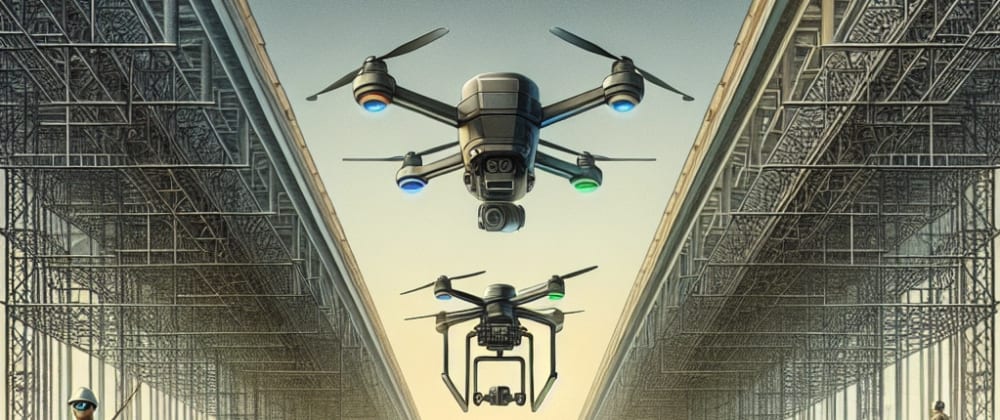Bridging the Gap: How Construction Tech is Helping to Address Labor Shortages
Introduction
The construction industry, historically a manual and labor-intensive sector, is facing an unprecedented challenge: labor shortages. With a growing demand for new infrastructure and housing, the gap between available skilled workers and project needs is widening. But as with many challenges, innovation steps up. In this blog post, we'll delve into how construction technology is not just addressing these shortages, but revolutionizing the entire industry.
The Labor Shortage Crisis
A Growing Concern
Over the past decade, the construction industry has experienced a significant decline in the available workforce. Factors such as an aging population, lack of interest from younger generations, and economic fluctuations have all contributed to this issue.
Impact on the Industry
Labor shortages lead to extended project timelines, increased costs, and stressed workers, ultimately impacting the efficiency and quality of construction projects. Here's where technology comes to the rescue.
Technological Interventions
Robotics and Automation
**1. **Robot Laborers
Robotics in construction isn't just the stuff of science fiction anymore. Autonomous machines like bricklaying robots and drones equipped with high-precision tools are speeding up tasks while maintaining high-quality standards.
Bricklaying Robots: These robots can lay bricks with prolonged precision and speed much higher than human capabilities. A prime example is the SAM100 (Semi-Automated Mason), which can lay around 3,000 bricks per day compared to a human's 500-600.
Drones: Equipped with advanced imaging and surveying tools, drones are revolutionizing site inspections and topographical mapping, making these processes quicker and more accurate.
Artificial Intelligence (AI)
**2. **Smarter Planning with AI
AI is playing a pivotal role in project management and planning. By analyzing vast amounts of data, artificial intelligence can predict potential issues, optimize resource allocation, and even foresee labor shortages before they become critical.
Predictive Analytics: Tools like Autodesk's Construction IQ utilize machine learning to analyze project data and identify high-risk factors, enabling proactive management.
Building Information Modeling (BIM)
**3. **Enhanced Collaboration through BIM
BIM is not just a 3D modeling tool. It’s a comprehensive process that integrates various aspects of a construction project into a single, coherent model. This collaborative approach ensures that all stakeholders—architects, engineers, and contractors—are on the same page.
Coordination and Efficiency: With real-time updates and centralized data, BIM cuts down on errors and rework, significantly reducing the amount of manual labor needed on-site.
Virtual and Augmented Reality (VR/AR)
**4. **Training and Safety
The construction site is no playground, and ensuring safety while training new workers is crucial. VR and AR are enhancing training programs by providing immersive, hands-on experiences without the risks associated with being on an actual site.
Immersive Training: Tools like VR headsets allow workers to experience realistic job site scenarios, preparing them better for real-world challenges and reducing the training period.
The Future of Construction Work
Improved Productivity and Job Satisfaction
Integrating advanced technology not only addresses labor shortages but also enhances worker productivity and satisfaction. By automating repetitive tasks and minimizing manual labor, workers can focus on more strategic, skilled activities. This shift not only makes the workplace safer but also more engaging for employees.
Sustainable Building
Tech-driven efficiency also translates to sustainability. With precise resource management and waste reduction, construction projects can significantly lower their environmental footprint. For instance, 3D printing in construction allows for the use of eco-friendly materials and reduces waste generated from traditional building methods.
Conclusion
The convergence of innovation and necessity is driving the construction industry into an exciting new era. By leveraging robotics, AI, BIM, and VR/AR, we are not just addressing labor shortages but revolutionizing how structures are conceived, designed, and built. The future of construction is here, and it's teeming with opportunity and optimism.
Stay tuned as we continue to explore the frontiers of technology and innovation. Exciting times are ahead!
Feel free to share your thoughts and experiences in the comments below. Let's build a better future, one tech innovation at a time!







Top comments (0)